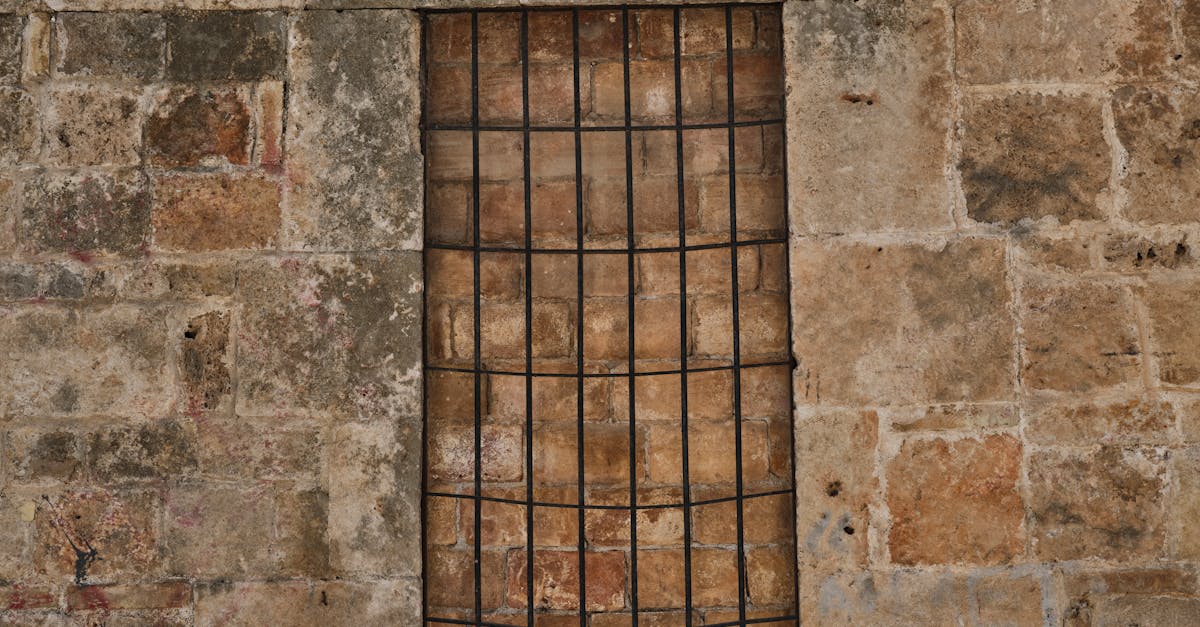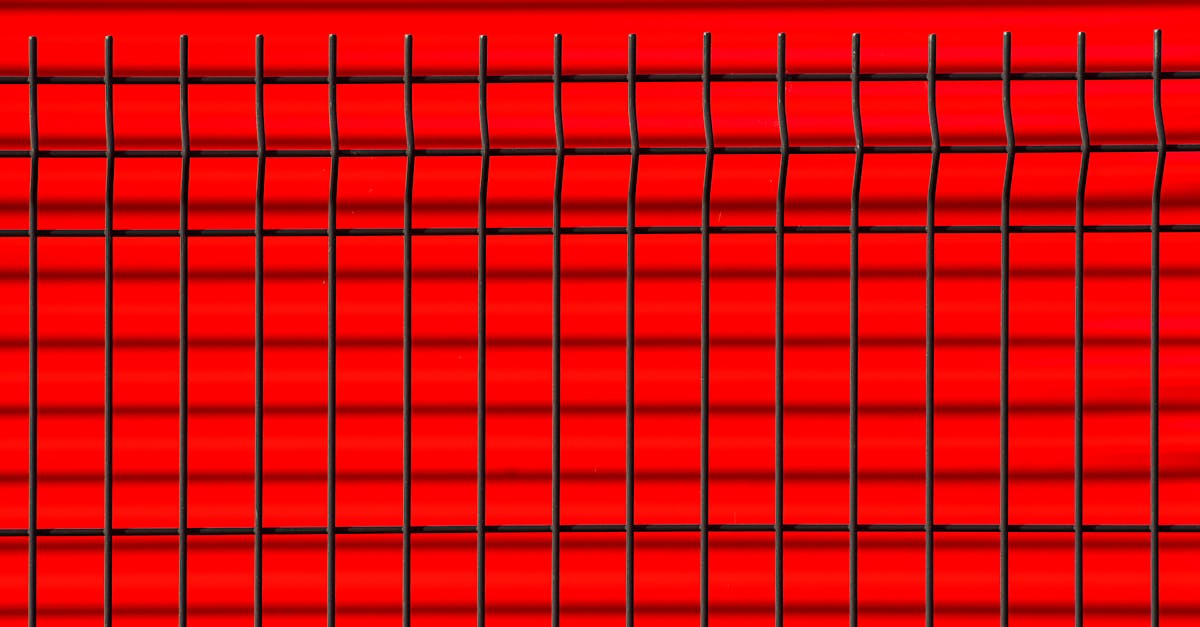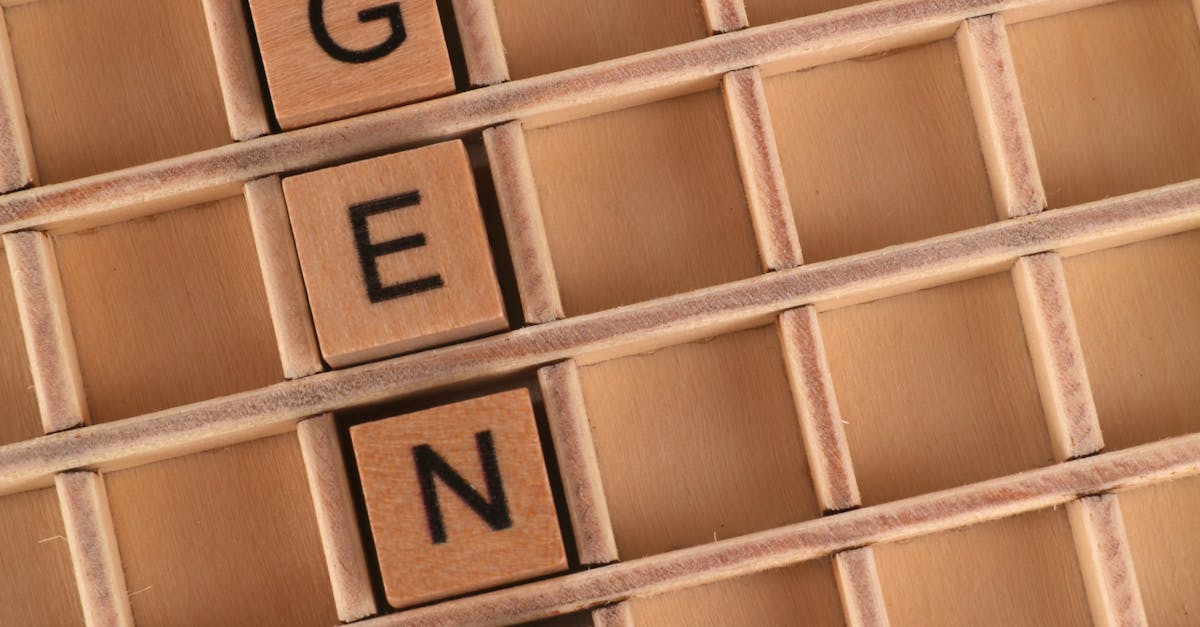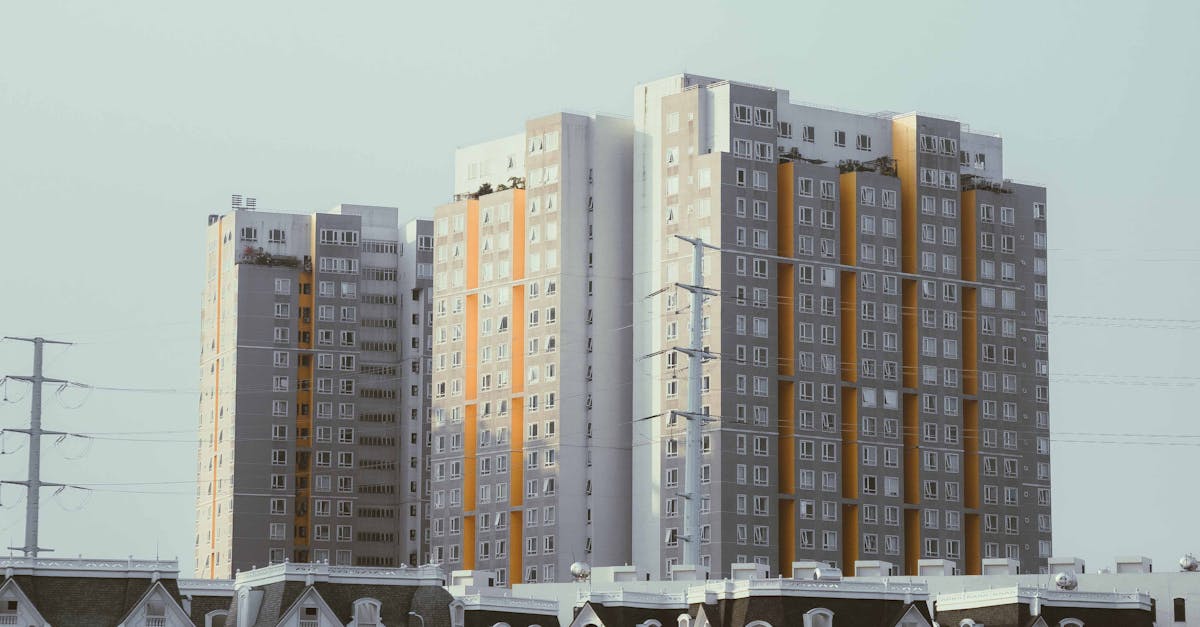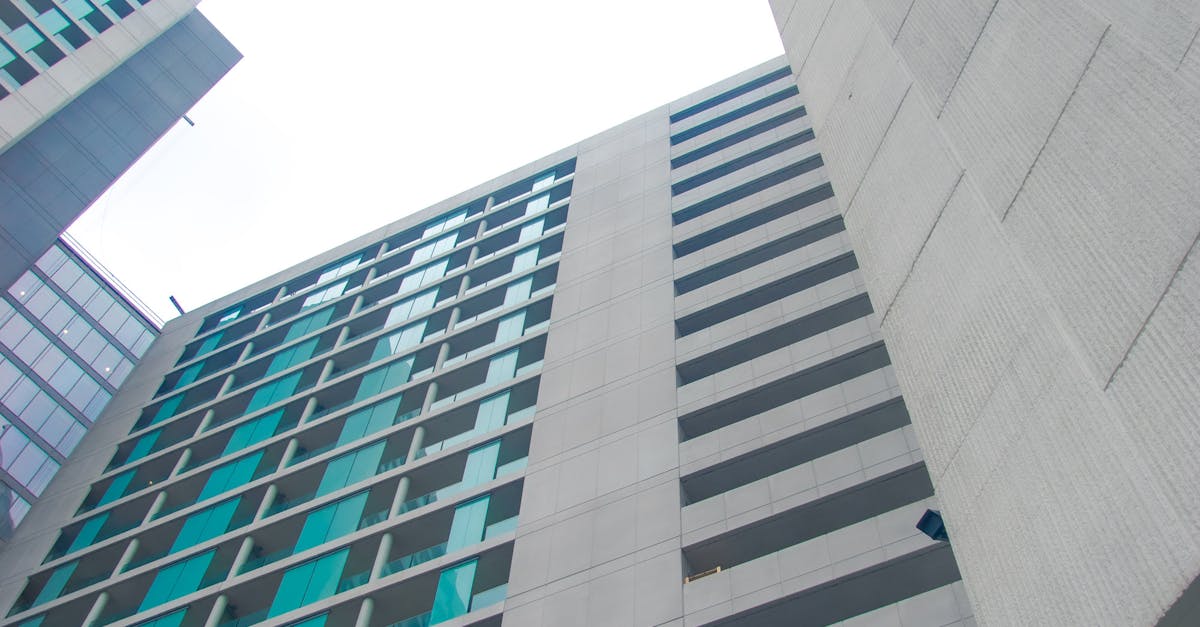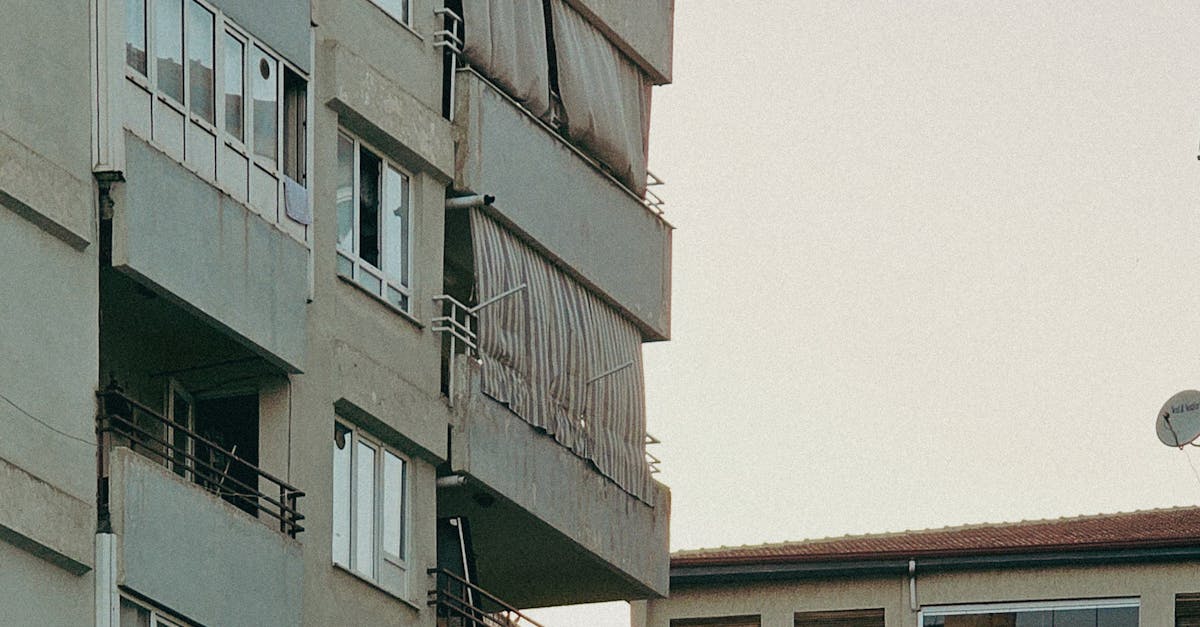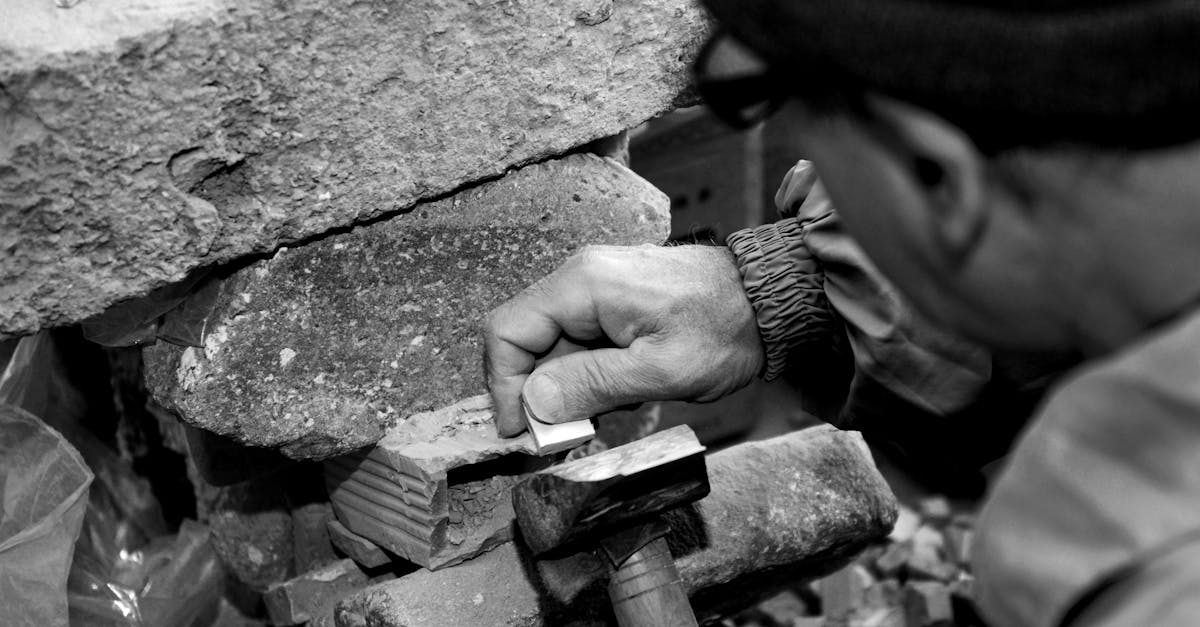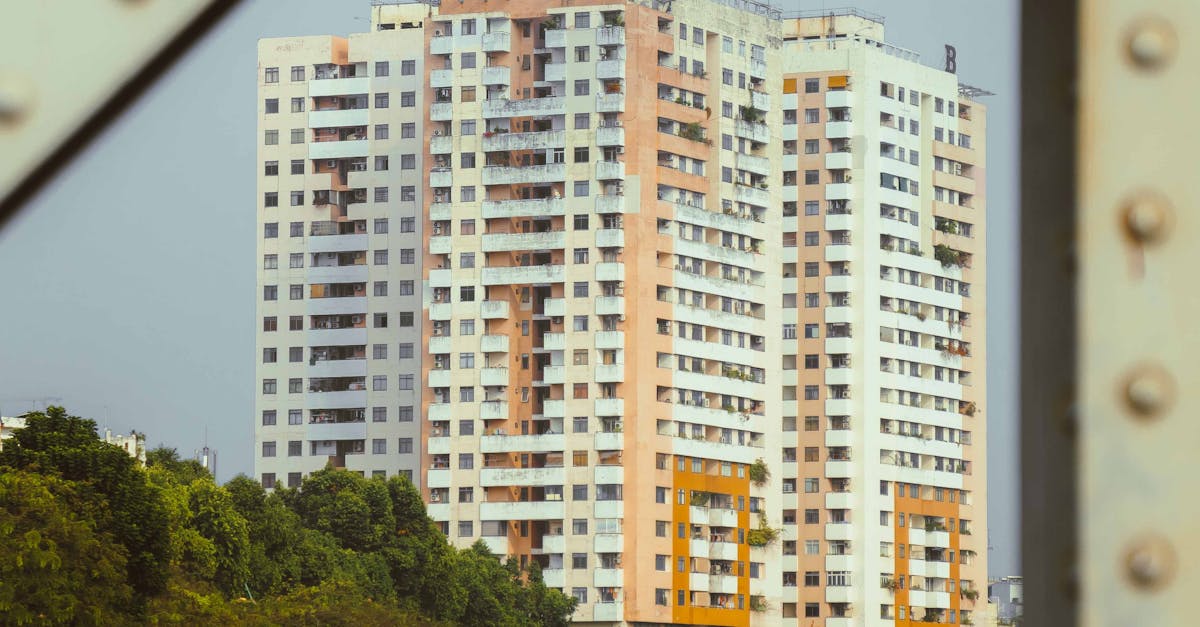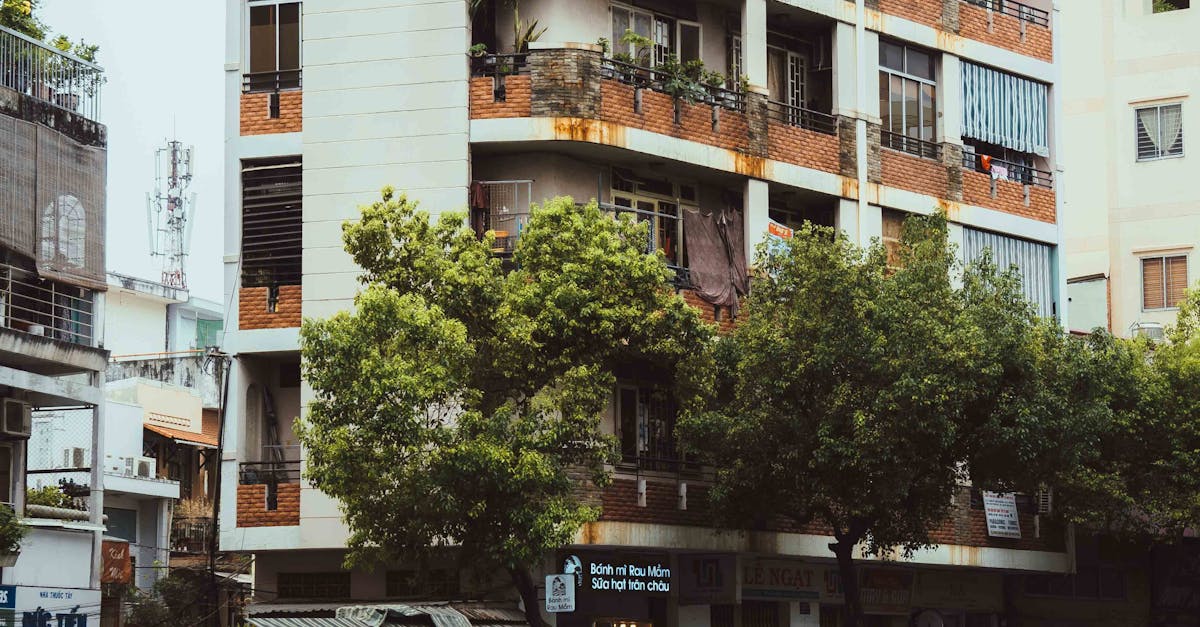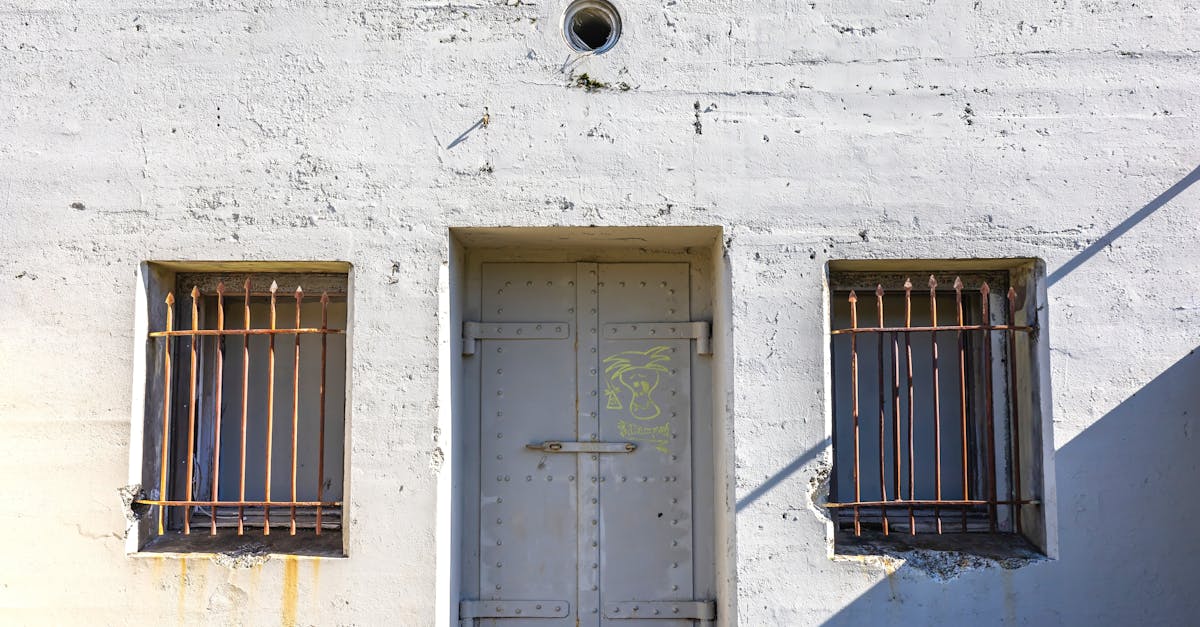
Table Of Contents
How to Prevent Future Running Toilets
Preventing future running toilets involves regular maintenance and awareness of potential issues. Homeowners should routinely check the components of their toilet, including the flapper, fill valve, and chain for wear and tear. Simple adjustments, such as ensuring proper chain length to prevent jamming, can make a significant difference. Keeping an eye out for leaks and addressing minor problems promptly will help maintain the toilet's efficiency and functionality.
Education about the specific type of toilet can aid in prevention. Standard toilets may have different parts compared to eco-friendly models, and understanding these differences can assist in identifying issues before they escalate. During toilet installation and repair, using high-quality components can also reduce the likelihood of future problems. Regular servicing can extend the life of the toilet and minimise unexpected repair costs.
Maintenance Tips for Homeowners
Regular maintenance is essential for preventing running toilets. Homeowners should check for leaks around the base and ensure that the flush handle operates smoothly. A simple adjustment to the chain can often resolve minor issues. Keeping the toilet tank clean is another effective way to avoid future problems. Mineral deposits can accumulate and interfere with the functioning of parts within the tank, leading to continuous running.
It’s also wise to periodically replace old components such as the flapper and the fill valve. These parts can wear out over time and are often the cause of running toilets. For many, engaging professionals for toilet installation and repair provides peace of mind. They can address existing issues and advise on preventative measures to avoid costly repairs in the future. Regular inspections can save homeowners from unexpected expenses.
The Role of Toilet Type in Repair Costs
The type of toilet in a home significantly influences repair costs. Traditional models, while often less expensive for repairs, may require more frequent maintenance due to outdated parts or mechanisms. In contrast, more modern toilets might utilise advanced technology, such as dual-flush systems, which can be costlier to fix due to specialised components. Homeowners should factor in the likelihood of needing parts unique to their toilet type when considering repair expenses.
Eco-friendly toilets, designed for water conservation, can present unique challenges when it comes to repairs. Although they can save money on water bills, their components may not always be readily available or familiar to all plumbers. This can lead to higher costs associated with both toilet installation and repair. Understanding the nuances of each toilet type can help homeowners make informed decisions regarding their maintenance and potential future repairs.
Standard vs. EcoFriendly Toilets
The type of toilet can significantly influence both the cost of installation and repair. Standard toilets typically have a straightforward design and access to readily available parts, making repairs more economical. Issues such as a faulty flapper or tank valve are common and usually easy to address in standard models. Homeowners can generally expect lower labour costs when fixing these types of toilets due to the familiarity most plumbers have with their mechanics.
Eco-friendly toilets often come with advanced features designed to reduce water usage, which can make repair costs higher. The complexity of mechanisms such as dual-flush systems may require specialised parts. While toilet installation and repair might be costlier upfront, eco-friendly toilets can lead to long-term savings on water bills. Understanding these differences enables homeowners to make informed decisions regarding their toilet choices and associated costs.
Emergency Repairs and Their Costs
Emergency repairs for a running toilet can vary significantly in cost, depending on the specific issue and the urgency of the situation. When a toilet continues to run, it may lead to increased water bills and, in some cases, damage to surrounding areas. Homeowners might face costs ranging from minor adjustments, such as replacing a flapper valve, to more extensive repairs involving the replacement of internal components, which could escalate the overall expense.
In situations where immediate action is required, especially during after-hours or on weekends, the costs can increase substantially. Plumbers usually charge a premium for emergency call-outs, and the complexity of the issue can further affect the total bill. It is wise to consult with a licensed professional who specialises in toilet installation and repair, ensuring that the problem is diagnosed accurately and fixed efficiently while keeping costs as manageable as possible.
When to Call a Plumber Immediately
Certain situations with a running toilet warrant immediate professional attention to prevent further complications. If the toilet continues to run despite your attempts to fix it, or if you notice water pooling around the base, these issues could indicate a significant underlying problem. Water damage can escalate quickly, leading to costly repairs and inconveniences in your home. Don't hesitate to call a plumber if you hear unusual noises or if the flushing mechanism is malfunctioning beyond simple adjustments.
Toilet installation and repair can often be more complex than they initially appear. If you’re dealing with persistent leaks or recurring issues after multiple DIY fixes, it's prudent to enlist the help of a licensed professional. They can accurately diagnose the problem and ensure that the necessary repairs are made correctly. Waiting too long to seek assistance could exacerbate the issue, potentially leading to more extensive and expensive repairs down the line.
FAQS
What is the average cost to repair a running toilet in Australia?
The average cost to repair a running toilet typically ranges from $100 to $300, depending on the nature of the problem and the parts required for the repair.
What are common causes of a running toilet?
Common causes of a running toilet include a worn flapper valve, a faulty fill valve, or an improperly adjusted float. These issues can lead to continuous water flow and higher water bills.
How can I prevent my toilet from running in the future?
To prevent future running toilets, regularly check and maintain the toilet’s components, ensure the float is set correctly, and replace any worn parts promptly.
When should I consider calling a plumber for a running toilet?
You should consider calling a plumber if you are unable to identify the cause of the running toilet, if the problem persists after attempting to fix it, or if you notice water damage around the toilet.
Are eco-friendly toilets more expensive to repair than standard toilets?
Generally, eco-friendly toilets may have slightly higher repair costs due to their specialised components, but the difference is usually minimal. The long-term water savings can offset these costs.


